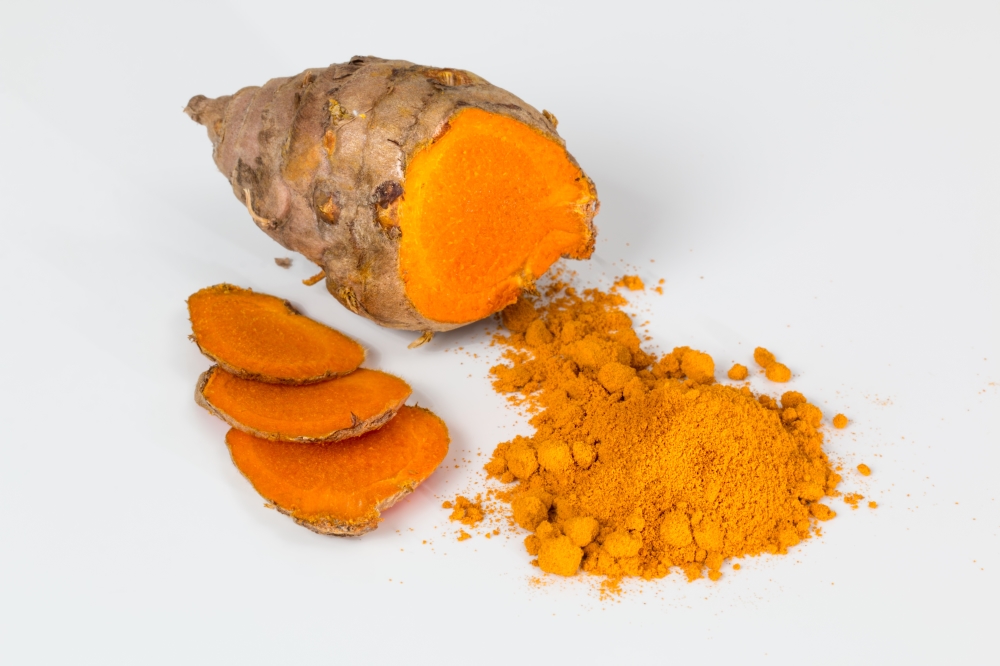
Ayurveda is the traditional system of medicine that originated in the Indian subcontinent thousands of years ago, which is stemmed from ancient Vedic culture and writings that rely on a natural and holistic approach to physical as well as mental health. Ayurvedic herbs are the essential constituent of Ayurveda; these herbs are believed to grant multiple health benefits. Besides offering numerous health benefits, such herbs also add flavours, tastes, and aromas in many dishes.
To get the best out of those ayurvedic herbs, it is always best to grow them in and around your house area, be it a kitchen garden, a site where vegetables, herbs, and fruits are grown in and around residential houses for domestic uses. This not only allows you to have fresh, organic, and healthy herbs without any hassle but also save some money. If you are thinking to grow your ayurvedic herbs at your home only, but are confused in choosing the appropriate herbs to grow, we have come up with a list.
Here are some of the ayurvedic herbs that you can easily cultivate in your kitchen garden that can be used for both medicinal and culinary purposes:
1.
Tulasi (Holy basil)

In many Hindu households of India and Nepal, tulasi is planted and worshipped daily. This ayurvedic herb is packed with surprising health benefits such as boosting the immune system, keeping the liver healthy, curing digestive, respiratory, cardiovascular, and eye disorders along with combating cancers, maintaining oral health, and easing stress. This herb has a strong aroma and bitter-astringent flavour, due to which it is also used in many cuisines including Thai cuisine, and is also be used as a herbal tea.
2.
Turmeric

The first thing that comes to anyone’s mind after hearing the word ‘turmeric’ is the vibrant yellow-orange colour that it adds to any curry or drink. The array of the benefits of turmeric is not only limited to adding colour to dishes; it is way beyond this. Tumeric, native to southeast Asia, is a natural herb that is used in medicine (ayurvedic and modern), cosmetics, and as a spice (gives earthy and bitter flavour) in a wide variety of food.
This herbal medicine is used to treat rheumatoid arthritis, chronic anterior uveitis, conjunctivitis, skin cancer, smallpox, chickenpox, wound healing, urinary tract infections, and liver ailments, digestive disorders; to reduce flatus, jaundice, menstrual difficulties, and colic. It is also used against abdominal pain and distension, colon cancer, and many other infections.
Whereas dried powder of turmeric is used and in most cases, fresh turmeric roots are also consumed.
3.
Mint

Mint is a cooling ayurvedic herb with a sweet cum pungent taste. This miraculous herb is thought to treat various physical and mental health problems like digestive problems, stress, chronic pains, skin problems, and hypertension. Antibacterial and antioxidant properties of the mint help in boosting the immune system of the body. Mint is used in various dishes, beverages, and pickles.
While planting this herb, it is appropriate to plant it in a pot or a container as it is regarded as an invasive plant and it could spread all over the garden.
4.
Aloe vera

Aloe vera is an evergreen succulent plant that contains about 95% water, meaning it requires a very little amount of water to grow. Aloe vera juice and gel are known for their curative properties for digestive disorders, sunburns, burns, stretch marks, and tans. Not only this, but it is also regarded as a great conditioner for your hair and scalp. It also helps in relieving inflammation and the aloe juice is considered very beneficial for diabetic patients.
Its diverse health benefits make it worthy to keep in our kitchen garden.
5.
Ginger

Ginger, in Ayurveda, is recognised as a ‘universal medicine’ due to its healing properties that include analgesic (lessens the sensation of pain), antiemetic (aids in treating nausea), digestive, sialagogue (increases the secretion of saliva), nervine (soothes fragile nerves), expectorant (helps clear mucus) and many other qualities.
Ginger, dry or fresh, is also used as a prominent spice in many culinary practices all over the world as it adds pungent cum sweet taste, flavour, and strong aroma in any food or drinks.
This abundance of medicinal properties of the rhizome ginger makes it an imperative herb to have in our kitchen garden.
6.
Coriander

Coriander seeds and leaves are used in many cuisines as a spice or as a garnish to get its earthy flavour. Like many ayurvedic herbs, coriander has several surprising health benefits that consist of boosting the immune system, lowering blood sugar level, minimising cardiovascular disease’s risk, improving digestive and brain health, protecting skin from sun damage and ageing and fighting against infections.
To keep this beneficial health handy in your kitchen, it is best to plant in your kitchen garden.


















